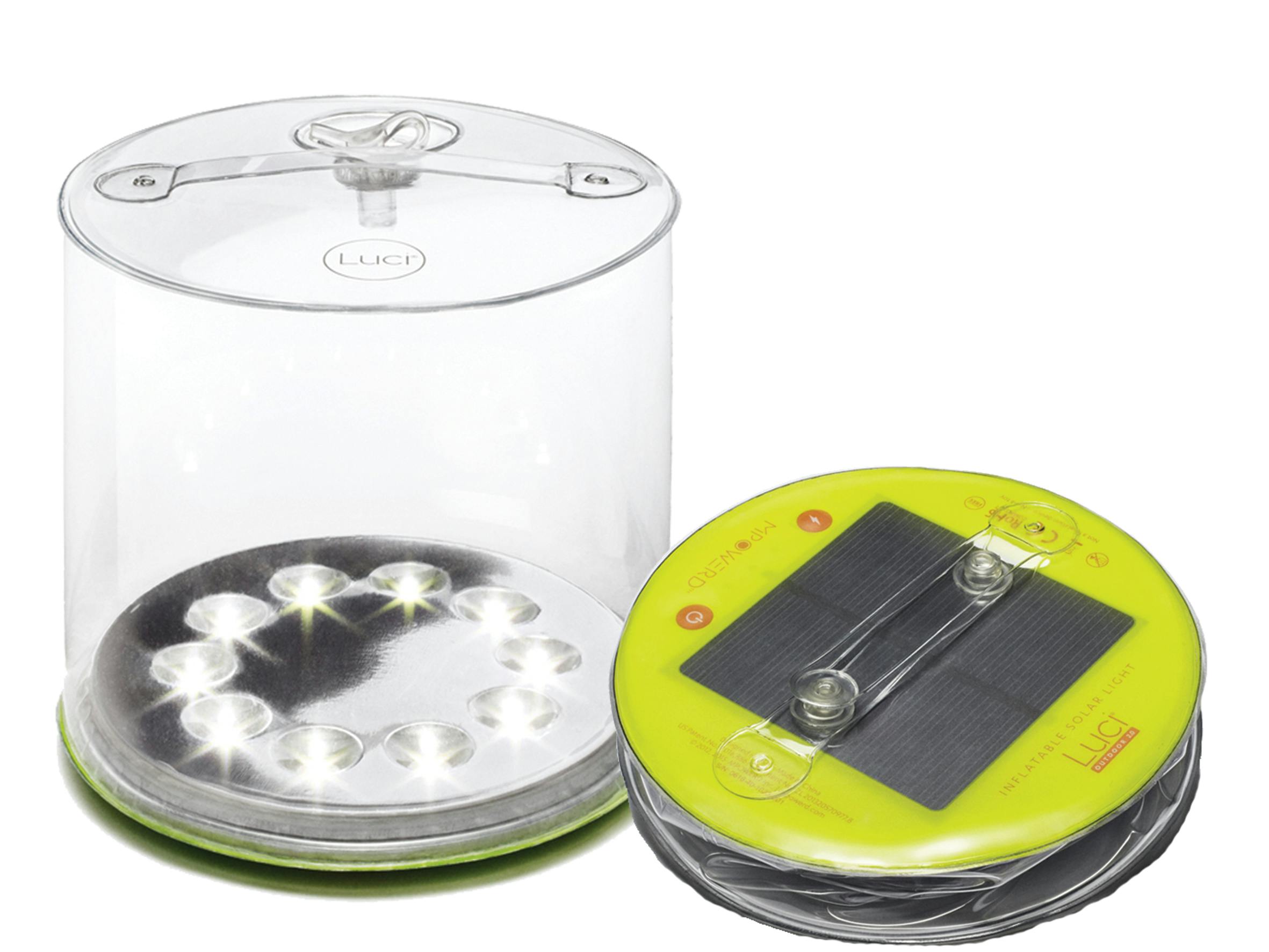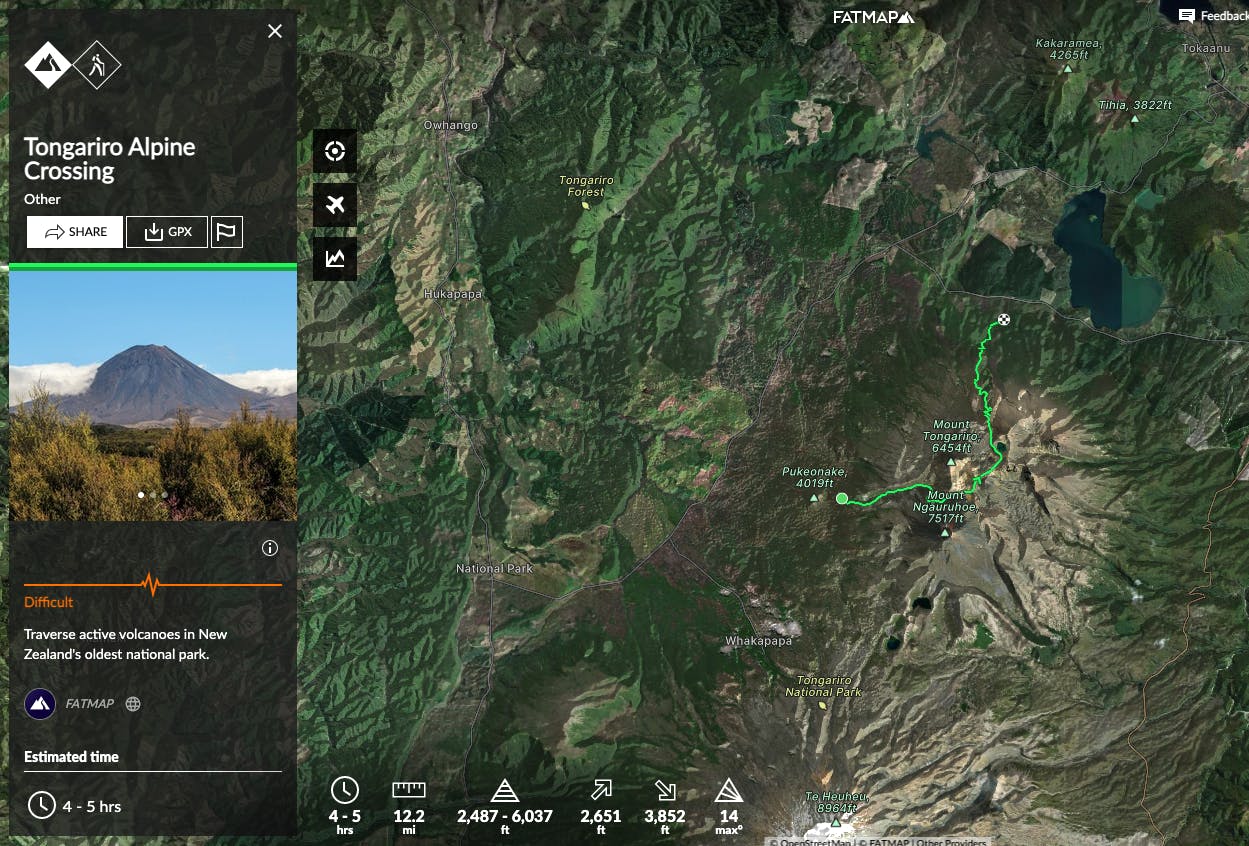Contributing gear editor Mark Watson provides a round-up of the new and interesting products he’s discovered lately.
Fatmap Online Mapping Tool
Using online mapping resources has become part of my regular trip planning process these days; from designing long day rides to studying satellite images for new areas to explore in the mountains. With routable maps, it’s very quick to work out distances and elevation gain for a route. You can then save what you have planned and share it with other trip participants, so everyone knows what to expect. I’ll usually export what I have created as a GPX file too and upload it to my handheld GPS and smartphone mapping app.
Recently, I was introduced to Fatmap, which is both a route planning and route discovery tool. In basic terms, it’s a combination of the features of Google Earth, with Ride With GPS (RWGPS). It has the stunning 3D landscape rendering of the former, while also working in a similar way to RWGPS for route design, allowing you to view Open Street Maps or satellite maps and trace routes over them. Also similar to the latter is the ability to view routes that other people have uploaded. There’s a small but growing library of New Zealand routes on there, notably some sections of the Te Araroa Trail, written up with grades, basic descriptions and elevation profiles. It’s easy to view a 3D flyover of any of these routes.
One way that Fatmap differs from the other tools I’ve mentioned is its user interface is simpler and easier to use than the likes of Google Earth, but this also means it’s not as powerful as the likes of RWGPS.
Users can also contribute their own routes, complete with photos and route descriptions, to add to the ‘guidebook’ section. With a free subscription you can download routes you have created but a paid subscription is required to download GPX files for other peoples’ routes.

Luci Outdoor 2.0
Solar rechargeable LED camp lights
My packing lists for outdoor pursuits are getting leaner and meaner in the pursuit of weight savings and to maintain an agile approach to tramping and biking terrain. But one thing I tend to carry on trips upwards of one or two nights in length is a solar-rechargeable LED light.
The Luci Outdoor 2.0 is one such example of these compact and light units. It provides up to 75 lumens of soft LED light. The benefits of such lights are twofold: you can save battery power for your head torch by using these solar lights for cooking and time in the tent, when less bright light is needed; and they provide a nice ambient light when reading in the tent or hanging out with your companions. Bush-bound trips may provide some limitations to recharge time, but otherwise leaving the unit charging on your pack or bike each day provides plenty of light for an evening. There are four power modes (up to 25hr low and 4.5hr high).







